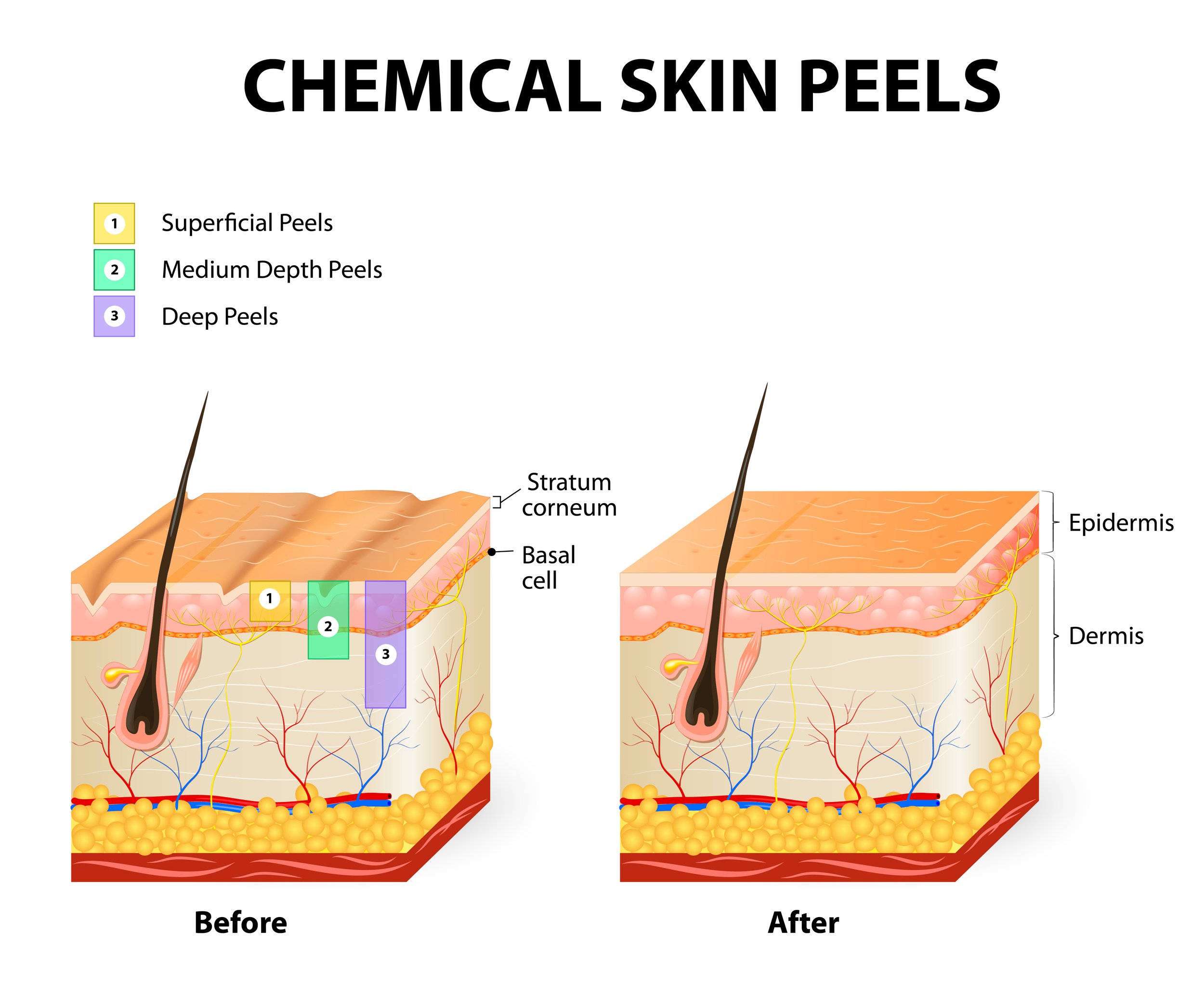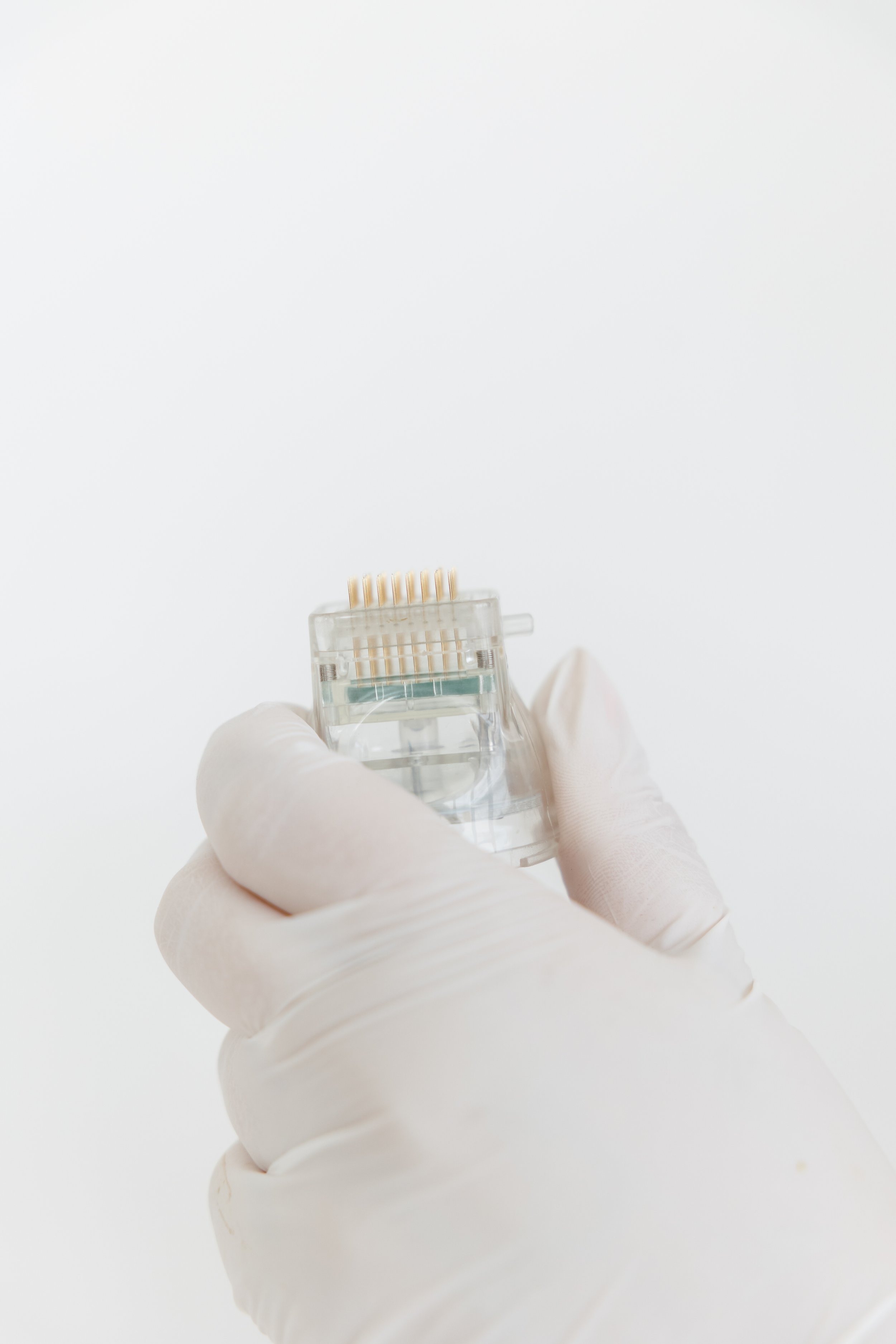Best Winter Procedures for gorgeous skin by Spring time!
Let’s make your New Year's skin goals a reality!
Have you noticed your skin is becoming dry, and just not the same as during the summer. Winter skin takes a little extra time and effort because the conditions are rather extreme for our tender protective barrier. Long periods of exposure to central heating, drastically low temperatures and lack of a healthy dose of sun exposure makes for a dull, unhealthy, and dry skin appearance. Additionally, it can end up promoting the increase of wrinkles and fine lines, making you look much older (and tired!) than you should.
It's no wonder our skin often ends up dry flaky and itchy. Let’s protect, heal and tackle your skin goals. Did you know that while environmental factors can damage your skin during the colder months, wintertime is actually the best time of the year to get amazing results. When your skin is protected by clothing and the sun’s rays are not as strong, fall and winter might be the best seasons to treat your skin to a cosmetic procedure.
Here, are the best treatments to get now so your skin will be perfection before spring.
Yearly Chemical Peels help keep your skin glowing and looking young.
Chemical Peels
What it does: Peels can be used for evening skin tone, acne, sun damage, and resurfacing. There are different depths ranging from superficial which just target the outermost layer of the skin, to deep which targets the lower portion, the dermis.
Why do it in the winter: Superficial peels can be done any time of year, but in general all peels are best saved for the winter, especially for darker skin types. Chemical peels will make you more sensitive to sun burn and can cause darkening on areas that are not protected. Read more about chemical peels in our blog "Benefits of chemical peel."
Intense Pulsed Light (IPL)
What it does: IPL is great for treating blood vessels, background redness/rosacea, acne and sun damage on the face, neck, chest and hands. It can also be used for hair removal. Treatments typically are done every 3-4 weeks for an average of 4-6 treatments. Though there is little downtime, sun protection is crucial to proper healing. IPL is not idea for darker skin types.
Why do it in the winter: IPL can be done any time of year, but it is ideal in the winter because most people spend less time outdoors. Sunlight can lead to possible darkening of treated spots if sun avoidance isn’t practiced and rosacea is usually worsened by sun exposure.
Microneedling & Radio Frequency Microneedling
What it does: Microneedling, also known as collagen induction therapy or simply derma needling, is a treatment that relies on your body’s own self-healing mechanism. By puncturing the skin using microneedles to increase the production of collagen and elastin, your skin gets a boost of energy like you have never seen before. Thanks to microneedling, issues such as wrinkles, fine lines, enlarged pores, stretch marks, and acne all heal more quickly — and thoroughly. Additionally, your complexion gets a much-needed boost. However, this type of procedure simply won’t yield the same type of benefits in summer or spring. When it comes to non-invasive skin treatments, winter provides the perfect environment for healing as the cold weather keeps you at home, where you are less likely to be exposed to the sun.
Why do it in the winter?
Thanks to microneedling, issues such as wrinkles, fine lines, enlarged pores, stretch marks, and acne all heal more quickly — and thoroughly. Additionally, your complexion gets a much-needed boost. However, this type of procedure simply won’t yield the same type of benefits in summer or spring. When it comes to non-invasive skin treatments, winter provides the perfect environment for healing as the cold weather keeps you at home, where you are less likely to be exposed to the sun.
Experts have long suggested that the longer period of isolation and low exposure to the sun prompted by the colder weather can offer those who undergo such procedures much-needed time to rest and recover. In the end, having the time and the opportunity to stay home and recover will pay off.
Feeling extra dry during the winter months? Here are some skin tips to keep your skin moisturized!
Keep the moisture you have. The natural oils your skin produces also help protect it and keep it healthy. It's a good idea to avoid long baths and showers and you shouldn't wash your body too frequently either. When you do use warm not hot water. After bathing or showering pat dry and moisturize your damp skin.
Add moisture to your home. To counter the drying effects of indoor heat, run a humidifier. You can use a portable or tabletop model or one that integrates with your existing heating system. Moisture in the air will be absorbed by your skin. Add moisture from the inside out. Increasing your water intake will help hydrate your skin.
Don't forget the sunscreen. Just because it's cold, doesn't mean you don't need to protect your skin.
Moisturize your skin thoroughly. Switch to an oil-based moisturizer in the winter; your skin will appreciate it. Consider overnight deep moisturizer treatments which can help particularly dry areas like hands feet elbows knees and lips. Cover with cotton gloves and socks to hold the moisture in all night long.
Switch your cleanser. It's a good idea to trade in your current body wash for a more moisturizing hydrating cleanser in winter particularly if your usual choice contains drying ingredients like glycolic or salicylic acid. Tone and moisturize within 30 seconds of finishing cleansing to avoid further dehydration.
Take extra care. Winter skin is more fragile so if you have a skin condition like eczema or psoriasis be sure to avoid any irritants or allergens that you know flare your condition.
With a little extra care you can have soft smooth radiant skin all winter long.


